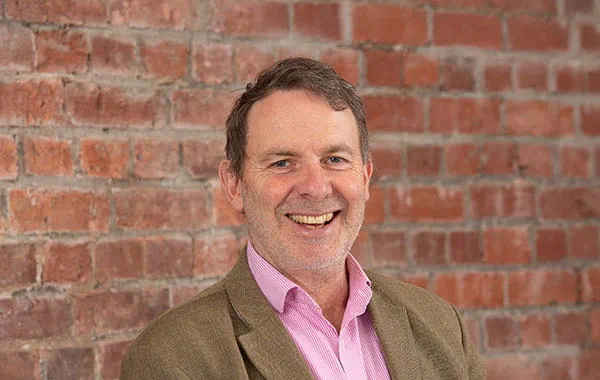29 Jan 2016

From time-to-time unlikely convergences occur. I hope you will find the coinciding events in this narrative as interesting as me.
Does GDP equal well-being?
There is lively debate about the usefulness of ‘gross domestic product’ (GDP) as a measure of economic and societal progress. Beyond GDP: The Need for New Measures of Progress (PDF 893 KB) by Robert Costanza, Maureen Hart, Stephen Posner and John Talberth explores the idea in depth, but a quote below:
“We also question the idea that economic growth is always synonymous with improved well-being. Useful measures of progress and well-being must be measures of the degree to which society’s goals (ie, to sustainably provide basic human needs for food, shelter, freedom, participation, etc.) are met, rather than measures of the mere volume of marketed economic activity, which is only one means to that end.”
You may have heard about the Bhutanese ‘gross happiness index’. Well-being is seen as fulfilling the conditions of a ‘good life’ as per the values and principles laid down by the concept of Gross National Happiness (GNH). This suggests economic prosperity is a limited measure of progress, best viewed as a contributor to ‘human or societal prosperity in a broad sense’. This is, I guess, why local authorities in New Zealand previously talked about the four well-beings (social, economic, environmental, cultural) as being complementary markers of progress. So one can ask, are we measuring what matters most?
It got me thinking…
Is GMH a better measure of prosperity?
Over the holidays I spent time with a person I haven’t talked with in depth for about five years. In that time he has made several changes in his life. This includes giving more attention to his creative gifts, music and the visual arts. He has converted a bedroom to a studio where he is making art, specifically drawing with charcoal and experimenting with watercolours and oil paint.
He has some works for sale in a local café, so there may be something that can be measured in terms of economic activity (GDP) but this is peripheral. What my friend says is that his commitment to art-making has made him feel much better about life. He is excited about the progress he has already made and what he might yet achieve. So his GMH (gross mental health) has increased hugely.
This is not a trivial matter and nor from a policy perspective is it purely personal. The 2012/13 New Zealand Health Survey found that one in six New Zealand adults has been diagnosed with a common mental disorder at some time in their lives (including depression, bipolar disorder and/or anxiety disorder).
The consequences of poor mental health have an impact on the individual, the family and the community. I am confident we all know people whose lives have been affected, sometimes for a short time, sometimes for a long time and sometimes tragically.
The art of being mentally healthy
At about the same time as I heard from the friend about his art studio, I was alerted to an Australian research project which objectively proves his story.
Two hours a week of arts activity makes a measurable improvement in how people feel. This Australian study is a first attempt to quantify a ‘minimum dose’ for arts activity as an everyday prescription for well-being. This offers further evidence of why arts participation contributes to all kinds of social development and individual well-being. We are promoting this research, as it is important.
You can read in more about The art of being mentally healthy: a study to quantify the relationship between recreational arts engagement and mental well-being in the general population in our advocacy toolkit.
Please socialise this research across your own works. The good news is that pARTicipating at least two hours a week will help make you feel better, but you probably already knew that.
Best wishes for a prosperous and well new year.
Photo credit: WOMAD 2013 Photo by Dominika Zielinska




